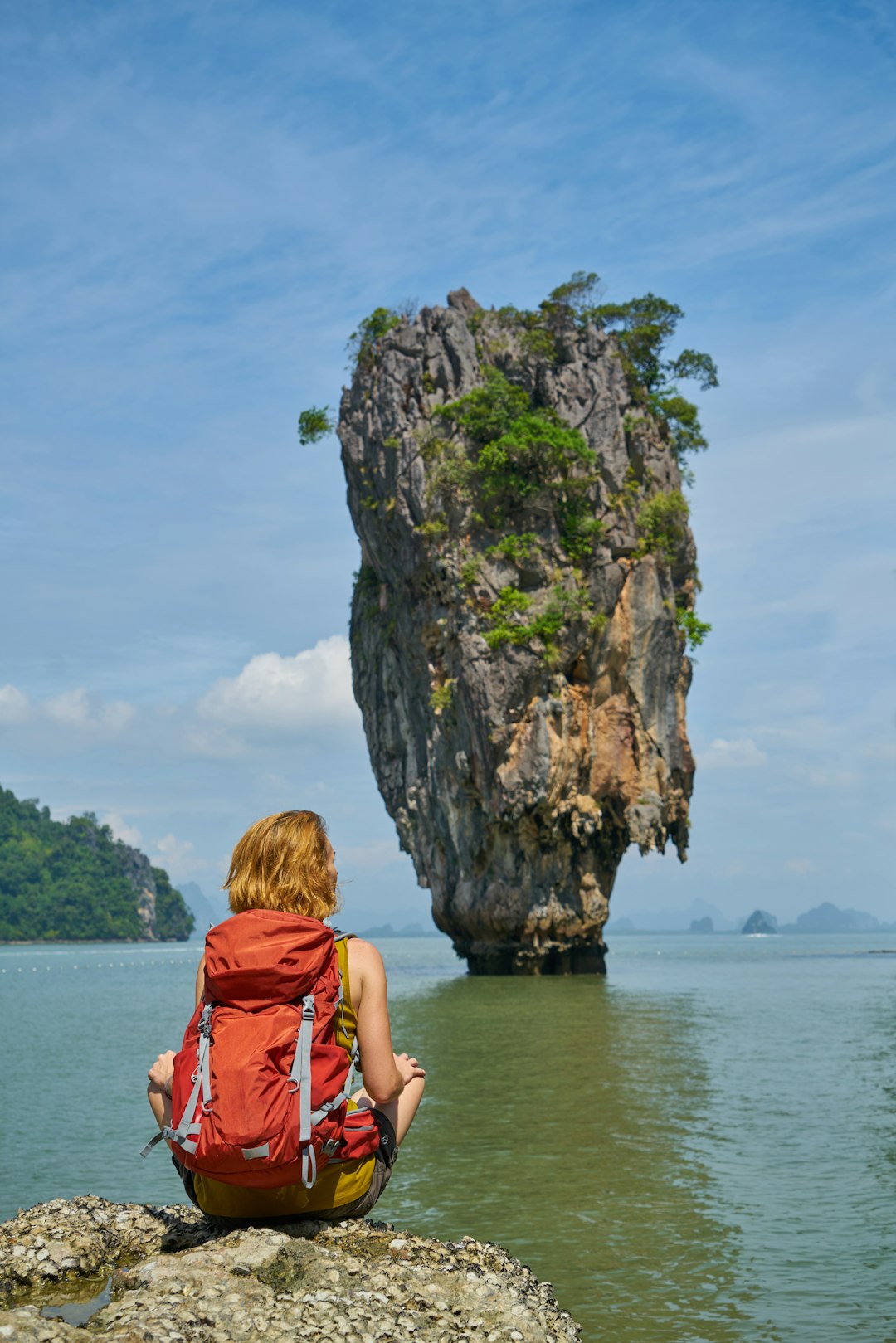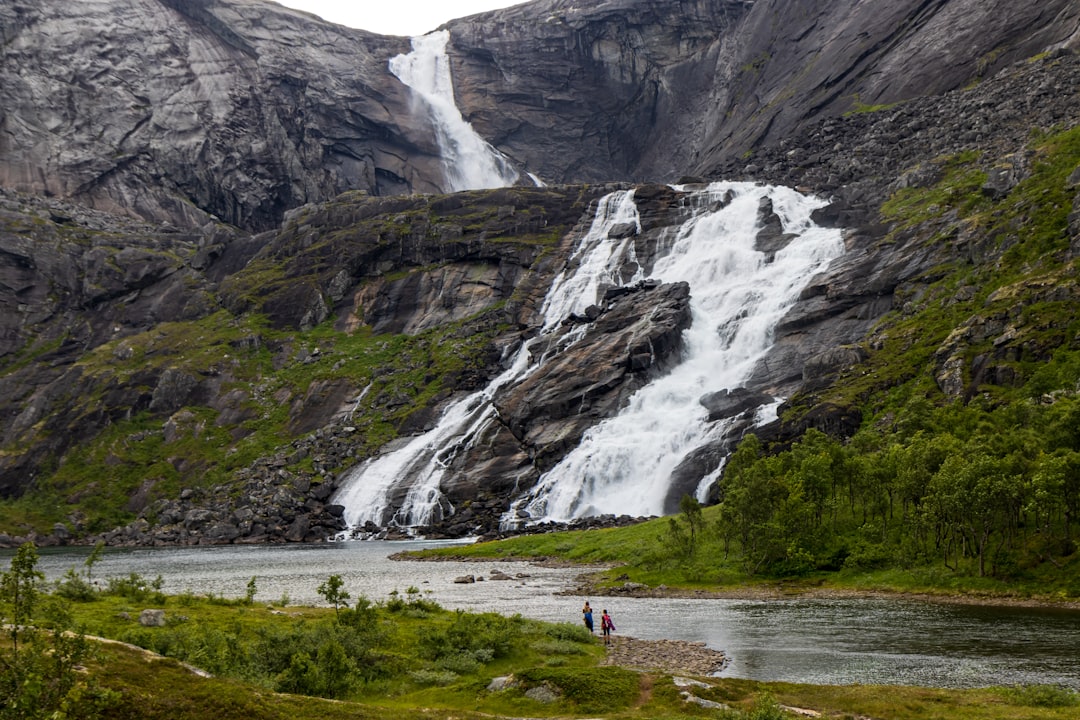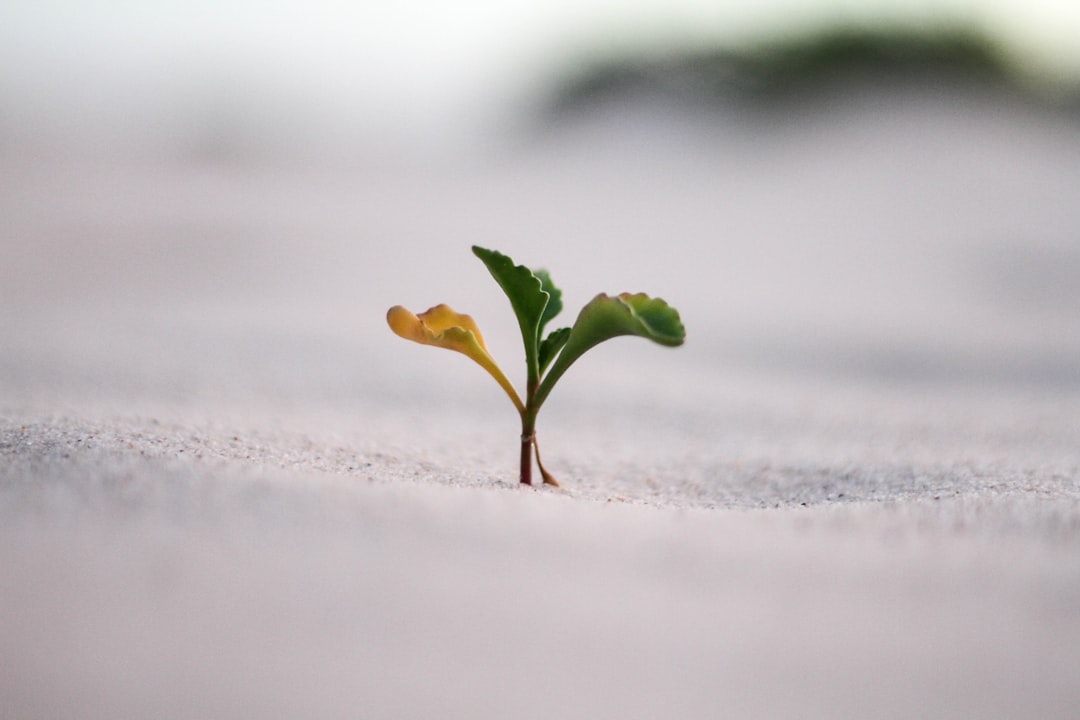
The Impact of Waterfalls on Local Tourism
# Introduction. Waterfalls have always held a significant allure for travelers, drawing them to their natural beauty and the soothing sounds of cascading water. These natural wonders not only enrich our experiences but also play a vital role in local economies through tourism. Many communities have recognized the potential of waterfalls as tourist attractions, leading to an increase in infrastructure, conservation efforts, and economic development. In this blog post, we will explore how waterfalls contribute to local tourism and the multifaceted impacts they create. # The Natural Beauty and Attraction of Waterfalls. Waterfalls are nature's masterpieces, often serving as the centerpiece for scenic landscapes. Their breathtaking beauty captures the imagination, providing stunning backdrops for photography, adventure activities, and relaxation. Locations known for remarkable waterfalls, such as Niagara Falls, Victoria Falls, and Angel Falls, attract millions of visitors annually, who come to experience their grandeur firsthand. The visual appeal of waterfalls often exceeds the expectations of visitors, with rainbows forming in the mist, vibrant foliage surrounding the area, and unique rock formations that tell stories of natural history. This aesthetic value fosters a strong emotional connection with nature, encouraging travelers to explore more remote or lesser-known waterfall destinations, ultimately diversifying travel patterns and spreading tourist spending across various locales. # Economic Growth through Tourism Infrastructure. The positive impact of waterfalls on local tourism transcends aesthetic appreciation; it also leads to significant economic growth. As communities recognize the demand for waterfall-related tourism, they begin to invest in critical infrastructure developments such as roads, accommodations, and facilities for visitors. This investment creates jobs and supports local businesses, such as restaurants and tour companies. For instance, in areas with notable waterfalls, you may find cafes, souvenir shops, and guided tour services that cater specifically to both adventure seekers and casual visitors alike. In many regions, these infrastructure improvements not only benefit tourists but also enhance the quality of life for local residents. Better roads and facilities lead to improved access for all, fostering community cohesion and encouraging residents to engage with their local environment. As local economies grow, they can reinvest in conservation, education, and preservation efforts, ensuring the sustainability of these natural resources for future generations. # Conservation Efforts and Environmental Awareness. The commercial potential of waterfalls has also fueled increased awareness regarding conservation and environmental responsibility. With rising numbers of visitors, there is a growing recognition of the need to protect these natural wonders from over-tourism and its associated adverse effects. Local governments, in partnership with environmental organizations, are working to develop sustainable tourism practices to ensure that tourism does not compromise the ecological integrity of these precious locations. Initiatives often include creating visitor education programs that emphasize Leave No Trace principles, responsible waste management, and the importance of preserving local wildlife habitats. Engaging visitors in conservation efforts not only fosters respect for the environment but also creates a sense of stewardship, encouraging travelers to contribute positively to the areas they visit. # Adventure Tourism and Recreational Opportunities. In addition to their breathtaking views, waterfalls provide numerous opportunities for adventure tourism. Activities such as hiking, kayaking, and rock climbing attract thrill-seekers to waterfall regions, increasing both local tourism and adrenaline-fueled experiences. Popular locations often feature extensive trail systems, providing access to various viewing points, offering adventures suitable for different skill levels and interests. Waterfalls are also excellent for eco-tourism, where visitors can engage with nature closely. Guided tours often educate tourists about the surrounding flora and fauna, local geology, and cultural significance, creating a more immersive and meaningful travel experience. By leveraging outdoor experiences, communities can position themselves as premier adventure destinations, appealing to young travelers and outdoor enthusiasts who seek new experiences. # Conclusion. The impact of waterfalls on local tourism is undeniably profound, contributing to economic growth, environmental awareness, and recreational opportunities. As these natural wonders continue to attract visitors from around the globe, communities must collaborate to ensure that tourism thrives sustainably. Through careful planning, investment in infrastructure, and a genuine commitment to conservation, water-rich destinations can harness the potential of their waterfalls to create a legacy that benefits both visitors and local residents for years to come. Whether you're an avid adventurer, a nature lover, or someone seeking tranquility, waterfalls offer something for everyone. Next time you find yourself near one of these stunning natural attractions, take a moment to appreciate their beauty and the positive impacts they bring to local communities. .









